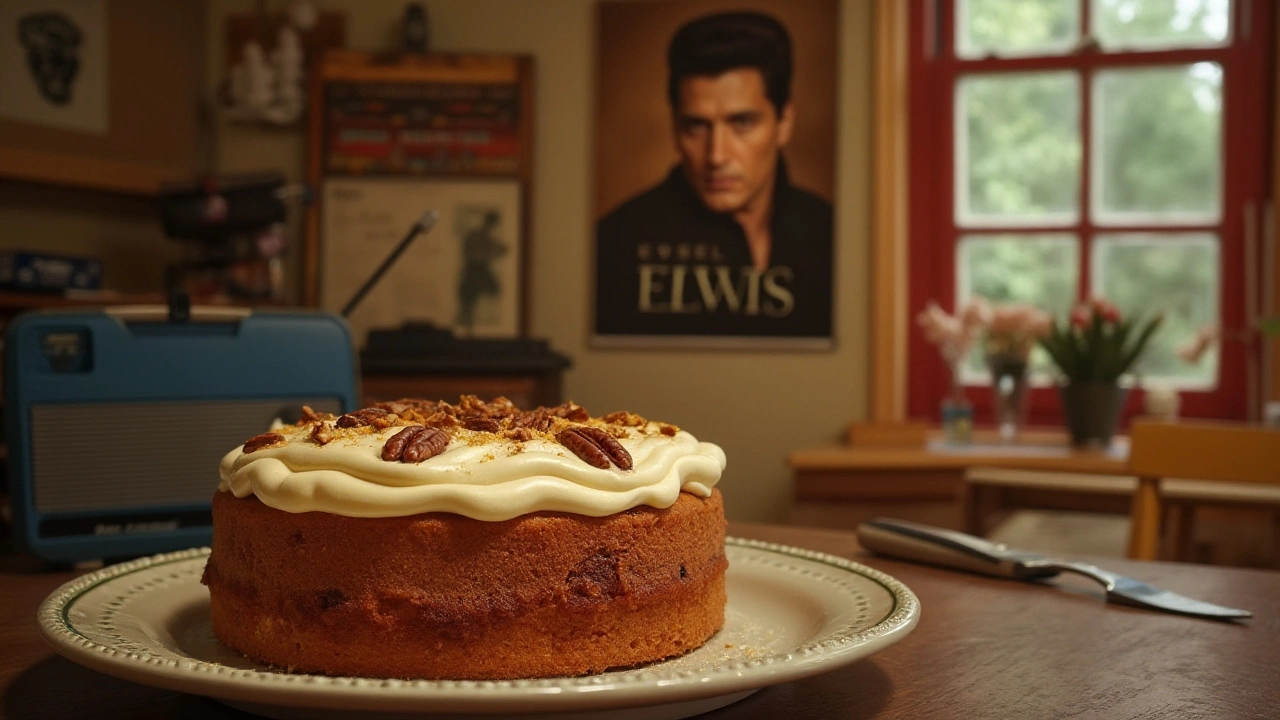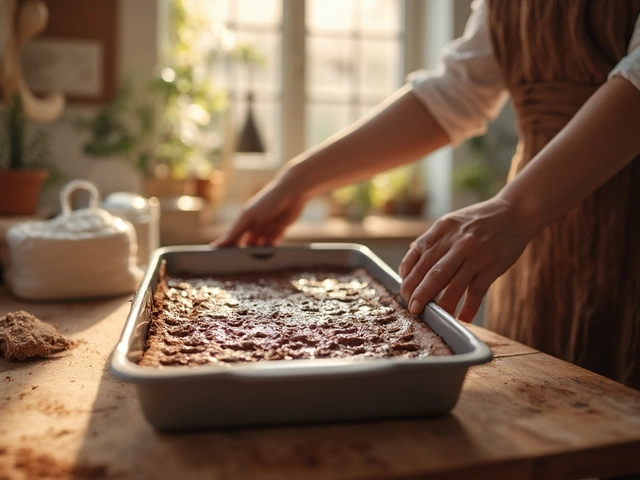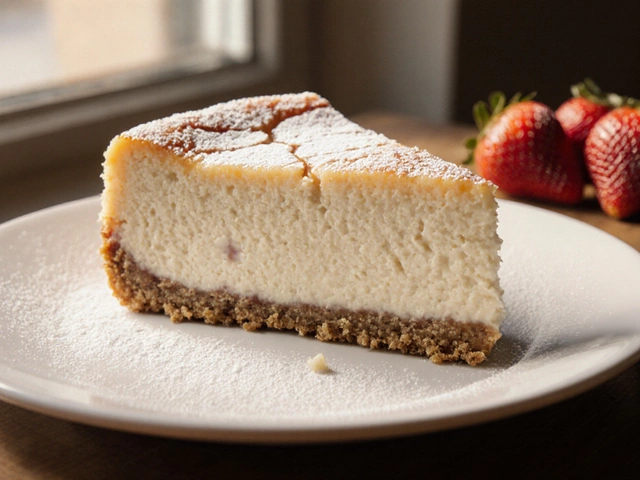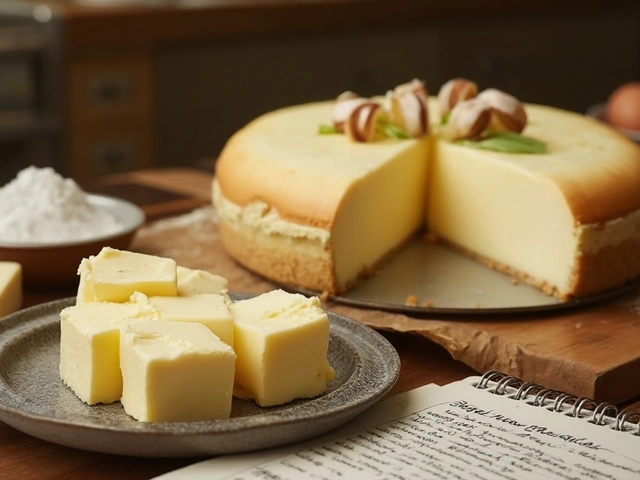Dessert History: Sweet Origins and Fun Facts
Ever wonder why we love sugar so much? The answer starts miles back, when people first mixed honey, fruit, and grains to make something tasty. Over time those simple treats turned into the desserts we see on Instagram today. Below you’ll find the biggest moments that shaped our sweet world, plus quick facts you can drop at the next dinner party.
From Ancient Times to Modern Classics
Early humans didn’t have ovens, but they did have fire. They roasted nuts and drizzled honey over flatbread, creating the first “dessert.” Around 2000 BC, the Egyptians added dates, figs, and nuts, making richer, sweeter dishes for festivals. The Greeks took it further by cooking grain‑based puddings with cheese and honey—think of them as proto‑custards.
When the Romans conquered the Mediterranean, they spread these ideas across Europe. They loved honey‑glazed fruits and introduced sugarcane from the Middle East. By the Middle Ages, sugar was still rare, so bakers used spices, dried fruit, and almond paste to add flavor. Those medieval “sweet pies” eventually evolved into today’s fruit tarts.
The real sugar boom came in the 16th century after the New World ships brought cane sugar to Europe. Suddenly, sweets were affordable for more than just royalty. Confectioners started making jams, candied fruits, and the first true cakes. The invention of the oven and refined flour in the 1800s made light, fluffy cakes possible, leading to classics like sponge and pound cake.
Iconic Desserts and Their Stories
Take tiramisu, for example. The name means “pick me up” in Italian, a nod to the coffee and cocoa that give it a little lift. It originated in the Veneto region after World II, when clever home cooks layered ladyfingers, mascarpone, and espresso to create a quick, elegant treat. The story shows how a simple coffee‑flavored dessert can become a global favorite.
Cannoli have a different vibe. Those crunchy shells filled with sweet ricotta trace back to Sicilian street vendors in the 9th century. Over time, the recipe spread across Italy, each town adding its own twist—chocolate chips, candied orange peel, or pistachios. It’s a perfect example of how regional snacks turn into national icons.
What about the world’s most eaten cake? It’s the classic chocolate cake, thanks to its simple ingredients and universal appeal. From birthday parties to coffee breaks, a moist chocolate layer topped with frosting sells out in any bakery. Its popularity tells us that when a dessert hits the right balance of sweet, moist, and chocolatey, people keep coming back.
Even wedding cakes have a story. The term “wedding cake” dates back to medieval England, where the bride’s family offered a “bride’s pie” to guests. Over centuries, the cake grew taller and more elaborate, eventually becoming the multi‑tiered masterpiece we see today. Knowing that tradition helps you appreciate each slice a bit more.
And don’t forget king cake vs. queen cake. In New Orleans, king cake celebrates Mardi Mardi with a hidden bean; the finder buys the next cake. In some British towns, queen cake swaps the bean for a small token and is served at royal celebrations. Both show how desserts can carry cultural rituals.
Now that you’ve got a quick tour of dessert history, try sampling a few of these treats. Pick a tiramisu recipe, bake a simple cannoli shell, or just enjoy a slice of classic chocolate cake. You’ll taste centuries of tradition in every bite, and you’ll have plenty of cool stories to share the next time friends ask, “Where did that come from?”

Discovering the Sweet History of Elvis Presley Cake
Elvis Presley Cake is a delightful dessert named after the King of Rock 'n' Roll himself. This article delves into the origins of the cake, how it reflects Elvis's personal tastes, and why it remains popular today. With roots in Southern baking traditions, the cake's simple yet delicious ingredients make it a nostalgic favorite. Readers will discover interesting tidbits about the cake's association with Elvis and learn how to recreate this classic dessert at home.
View More




